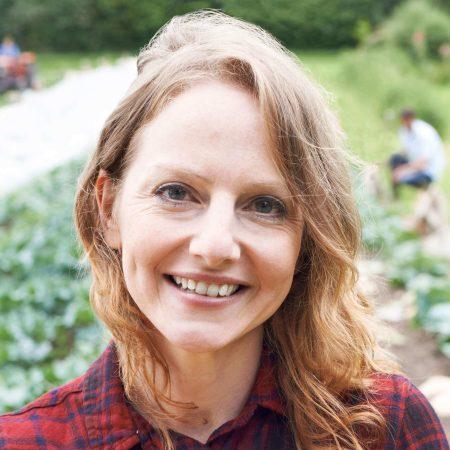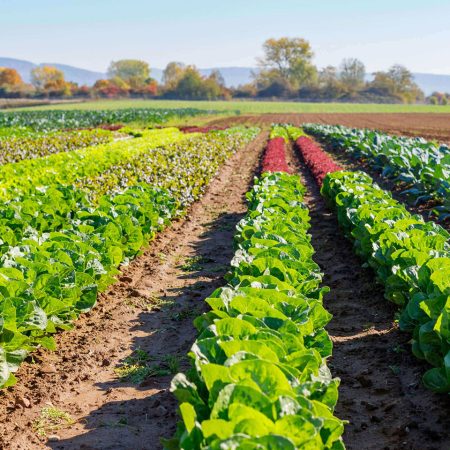Your Guide to Regenerative Agriculture
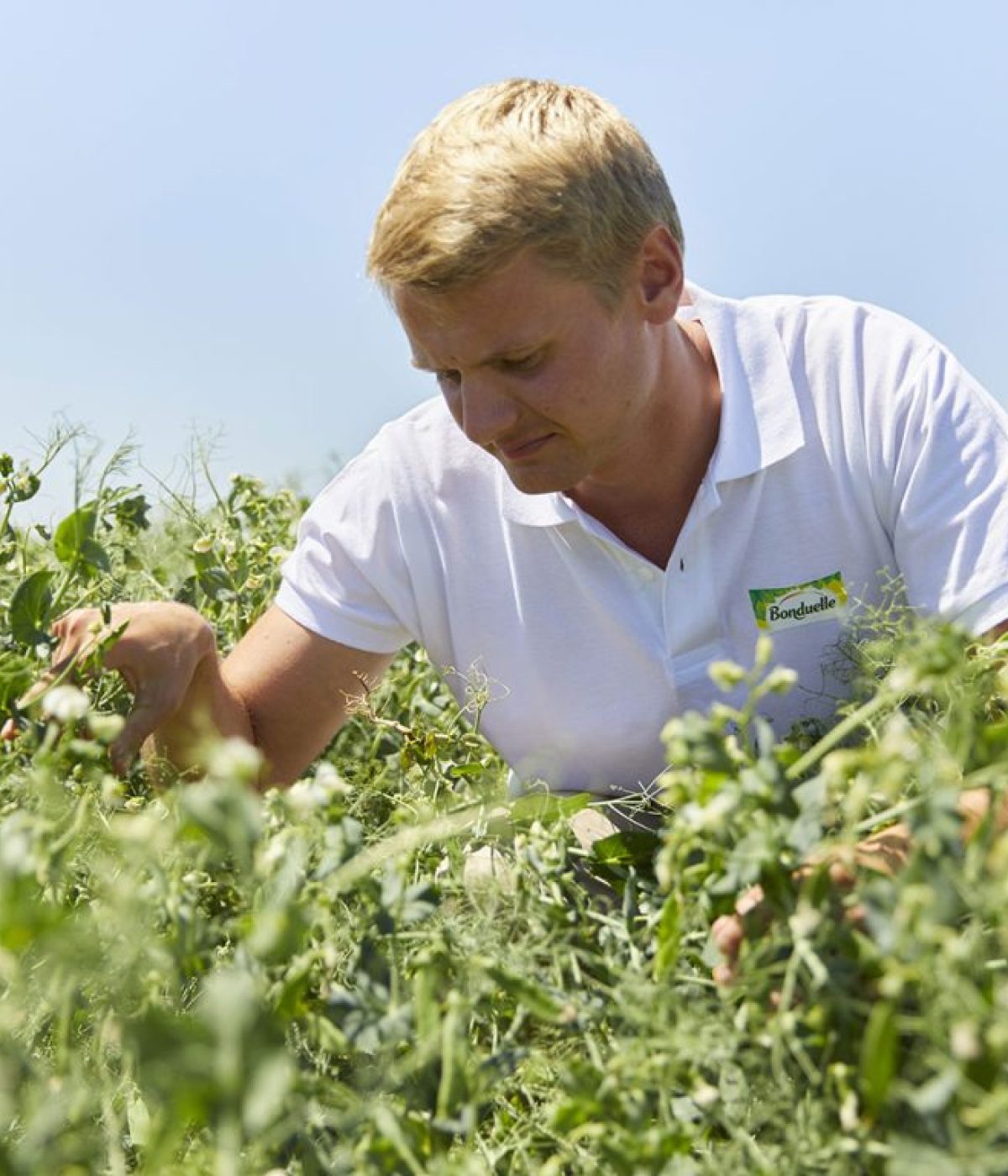
What Is Regenerative Agriculture?
According to information published by Regeneration International, land degradation from intensive agriculture could lead to a global food shortage within 50 years. To feed a world population estimated at 9.6 billion people by 2050, it will be necessary to produce more food. However, it will also be essential to protect the soil, which is the basis of agriculture and successful harvests.
Bonduelle is committed to supporting regenerative agriculture to restore soil health and help feed the world’s population with intelligent and sustainable solutions. Improving soil health can be achieved using techniques that preserve soil health, fight climate change, and improve the quality of both production and yields.
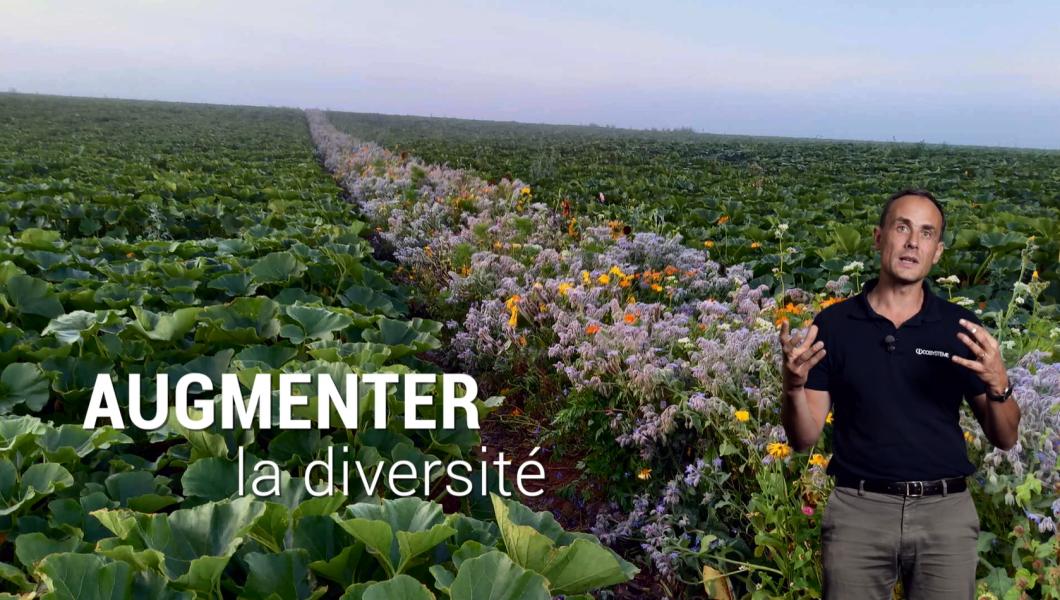
Definition of Regenerative Agriculture
Regenerative agriculture is defined as a progressive approach to farming aimed at restoring balance to agricultural ecosystems and promoting the regeneration of essential resources. These resources include soil, water, and natural regional biodiversity. The agricultural method is based on agronomic practices inspired by the principles of life, emphasizing respectful interaction with nature.
At the heart of this approach is the measurement of progress, making it possible to evaluate positive changes in the environment and agricultural yields, as well as the continuing training of all parties involved in its implementation.
Soil is a living ecosystem that is home to a wide diversity of organisms, from micro-organisms to plants, animals, and fungi. These organisms interact with each other and the soil, influencing its structure, composition, and physical properties. Soil plays an essential role in regulating climate, preserving biodiversity, and providing ecosystem services. It is important to understand the mechanisms of soil-structure interaction, which depend on the characteristics of the soil, its superstructure, and greater environmental conditions.
Regenerative agriculture is a holistic approach that aims to create sustainable systems that support soil health, conserve water, and promote biodiversity while meeting the needs of stakeholders in a balanced and sustainable manner.
Challenges Facing Agriculture and the Regenerative Solution
Modern agriculture has played a crucial role in increasing food production. However, this approach has also raised important environmental questions. At Bonduelle, we are fully aware of the challenges facing our sector, particularly in terms of climate change, diminishing resources, and biodiversity loss.
With this in mind, it is encouraging to see that agriculture, despite its challenges, accounts for a manageable share of global carbon emissions, currently estimated at 15% of the total. This data highlights not only the significant impact of agriculture on the environment, but also the immense potential for improvement and innovation.
This is an opportunity for Bonduelle and the agricultural sector as a whole to rethink and transform our practices in order to reduce our carbon footprint while continuing to contribute to feeding the world in a sustainable way.
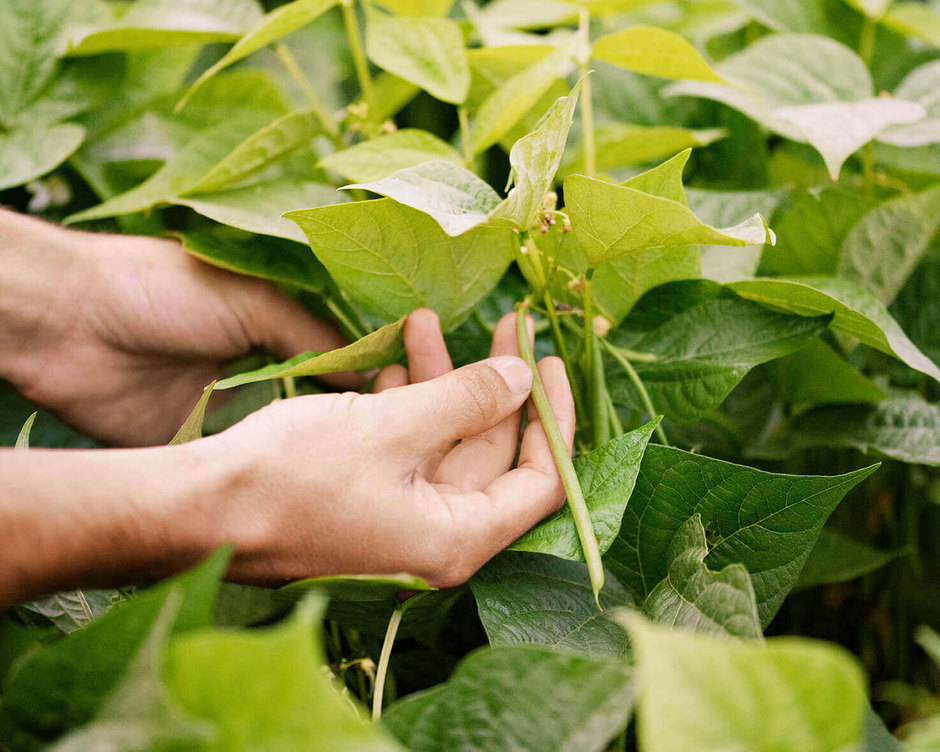
What are the Benefits of Regenerative Agriculture?
Regenerative agriculture offers a multitude of benefits. It improves soil health, leading to increased water retention and potentially higher yields. Biodiversity flourishes as natural habitats are encouraged, and consumers may enjoy more nutritious food with reduced chemical residues.
Animal welfare improves with practices that mimic natural ecosystems, and the entire system becomes more sustainable in the long run.
Climate Impact of Regenerative Agriculture
Regenerative agriculture has the potential to play a significant role in mitigating climate change. By promoting healthier farming practices, it can help soils to act as a powerful soil carbon sink, drawing carbon dioxide from the atmosphere and storing it in the ground.
This reduces greenhouse gas emissions and helps combat global warming. Additionally, improved soil health can enhance water retention in the soil, leading to more resilient crops in the face of extreme weather events linked to climate change.
Soil Regeneration and Fertility
Healthy, nutrient-rich soil is crucial to ensuring food production, playing a fundamental role in the work of farmers.
The main factor contributing to this fertility is the level of organic matter present in the soil. This factor is strongly influenced by crop rotation, preservation of soil cover, and the quality of agricultural work practices.
Soil Water Retention
In some regions, the decline in water reserves and water quality is attributable to the effects of climate change, urbanization, and industrialization. To ensure agricultural success, a renewable, adequate, and accessible water supply during crucial periods of production is essential. Building soil is an essential aspect of water resource preservation, as healthy soil can effectively capture and store water, enabling consistent food production and ensuring successful harvests.
Bonduelle is aware of this challenge and is working to raise awareness in the agricultural sector by offering solutions aimed at improving the efficiency of water management.
By advising tools for efficient water management and promoting good soil structure, regenerative agriculture contributes to saving water resources.
The approach recommends conservative use of water by providing adequate volumes at the appropriate time. At the same time, organic matter, favored by regenerative agriculture, acts like a sponge, promoting the retention of water and nutrients.
Increasing Biodiversity
Biodiversity, including genetic variety, species, and ecosystems, is in notable decline due to the influence of several factors.
The Bonduelle group is committed to encouraging the preservation of natural habitats, the protection of crop auxiliaries and pollinators, as well as the preservation of plant diversity through a wide range of cultivated species and distinct varieties.
Carbon Sequestration
It is crucial to collectively aim for carbon neutrality to control climate change. The European Union and France have both committed to achieving this neutrality by 2050.
Bonduelle firmly supports this objective and is investing in reducing its emissions across all its operational sites, as well as in the agricultural sector. In particular, we encourage more precise management of mineral nitrogen inputs and encourage the use of agricultural practices that promote carbon sequestration.
Reducing Soil Erosion
Regenerative agriculture contributes to sustainable soil fertility and the development of biodiversity.
While taking care not to excessively disturb its structure, the addition of organic matter and the establishment of plant cover and tillage of the soil are essential agricultural practices to preserve the health and fertility of arable land. These practices also reduce soil erosion, assisting in the building and maintenance of healthy and diverse soil reserves.
Improving the Nutritional Quality of Yields
While conventionally grown food prioritizes yield sizes, regenerative agriculture focuses on nurturing the soil. This healthier soil, teeming with microbes and nutrients, can produce more nutritious food.
Studies suggest that crops grown using regenerative practices may have higher levels of vitamins, minerals, and antioxidants compared to conventionally grown options.
Positive Impacts on Consumer Health
By focusing on healthy soil and reducing reliance on chemical fertilizers and pesticides, regenerative agriculture offers potential benefits for consumers.
Crops grown regeneratively may be more nutrient-dense, and the reduced use of chemicals lowers the risk of harmful residues on food and in the environment. This can contribute to a healthier diet and may potentially reduce the long-term health risks associated with conventional agricultural practices.
Animal Welfare and Ethics
Regenerative agriculture promotes animal welfare by encouraging practices that mimic natural ecosystems. Animals have access to pasture for grazing and roaming, reducing stress and promoting natural behaviors.
Additionally, the focus on reducing synthetic inputs like antibiotics and growth hormones creates a more ethical and sustainable system for raising livestock.
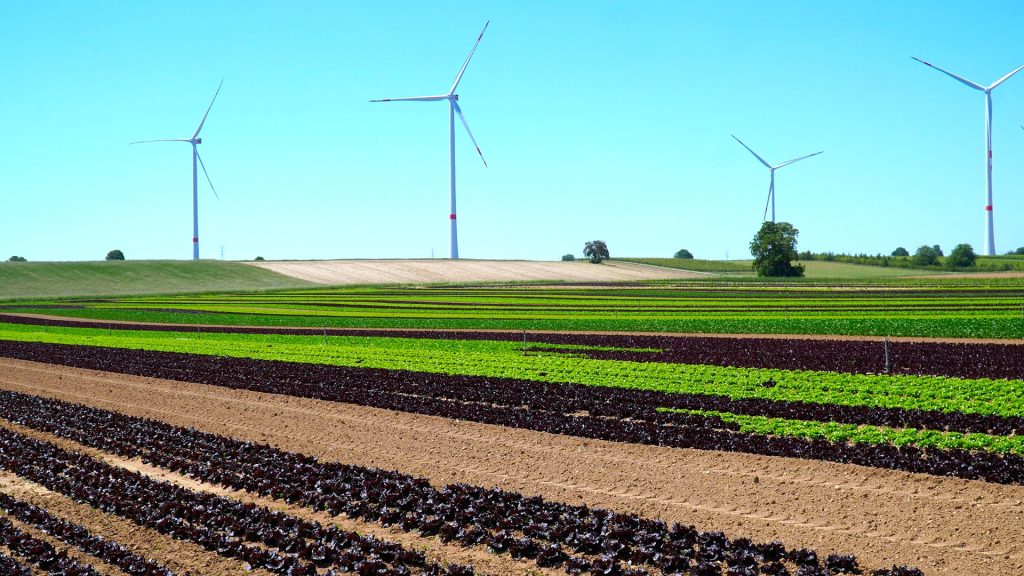
The Top Regenerative Agriculture Principles
Permanent Soil Cover
Keeping the soil covered by living cover crops contributes to limiting soil erosion, maintaining its structure, preventing the leaching of nitrates, and maintaining active soil life between two crops.
Cultural Diversity
Promoting the maximization of crop and ecosystem diversity is a primary objective to ensure the sustainability and resilience of our agricultural environment.
Crop Rotation
Crop rotation helps promote the correct structuring of soils, increases the richness of soil life and, depending on the plants present in the rotation, helps fix nitrogen. An important soil life contributes to strengthening the resistance of plants to pests and parasites.
Minimizing Soil Disturbance
Avoiding soil disturbance as much as possible preserves soil life. These allow the soil to develop its fertility over time.
Why Regenerative Agriculture?
Regenerative agriculture is part of an approach to restoring soil fertility and parsimonious management of resources and inputs. It is a strategy of means with measurable results.
Agroecology encompasses the same topics but is more conceptual.
Regenerative agriculture takes a more holistic approach to resource and ecosystem management, focusing specifically on agricultural practices, while agroecology encompasses the entirety of agri- and food systems. This includes careful consideration of social, economic, political, and cultural aspects in addition to environmental aspects, emphasizing agricultural sustainability, soil health and ecosystem preservation.
Comparisons Between Regenerative and Conventional Agriculture
Conventional agriculture focuses on achieving short-term yields by relying on chemical fertilizers and intensive tilling.
Regenerative agriculture takes a more holistic approach, focusing on long-term soil health through practices like cover cropping and reduced tilling. This can lead to increased biodiversity, improved water retention, and potentially even higher yields in the long run.
Comparisons Between Regenerative Agriculture and Agroecology
Both regenerative agriculture and agroecology prioritize healthy soil and sustainable practices. Regenerative agriculture emphasizes rebuilding soil health, while agroecology takes a broader view, incorporating social justice and food system design with key ecological principles.
Comparisons Between Regenerative Agriculture and Sustainable Agriculture
Sustainable agriculture aims to maintain current agricultural practices without harming the environment. Regenerative agriculture goes a step further, actively improving the soil and the land.
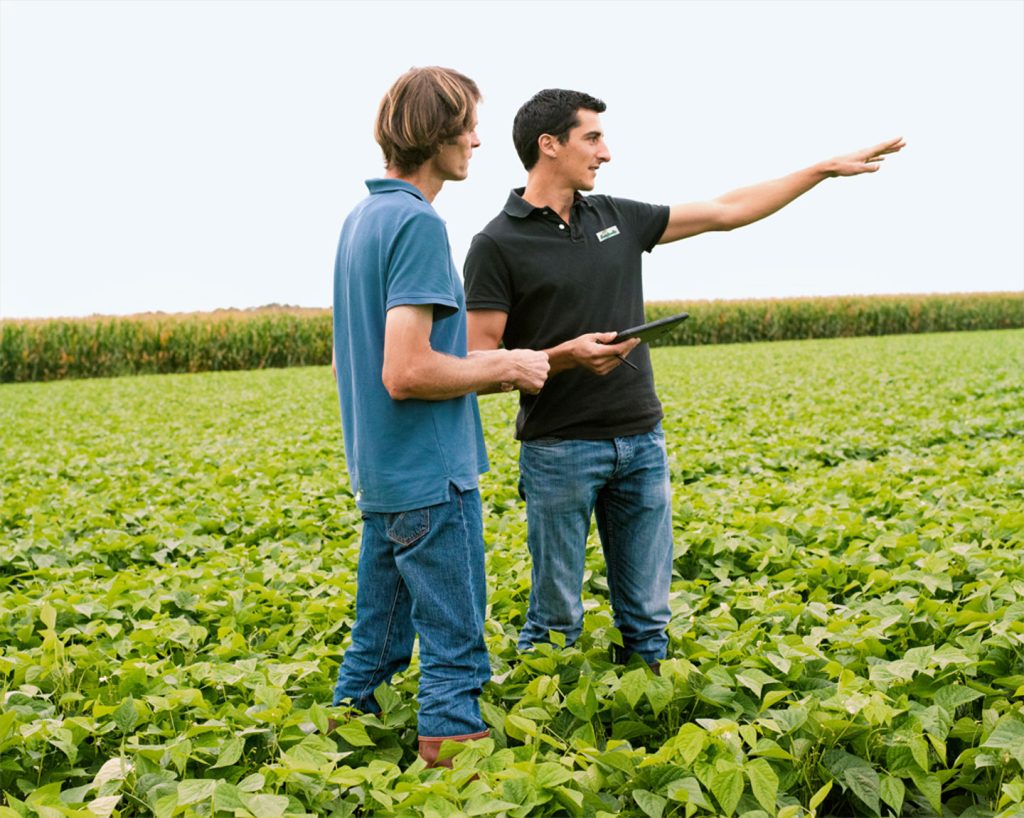
Carbon Credits and the Commitment of Food Giants
Carbon credits offer a remuneration opportunity to food producers linked to the adoption of regenerative practices.
There is a fundamental link between soil fertility and health and its ability to store carbon. Regenerative agriculture indirectly contributes to improving carbon storage, an aspect now valued through various accounting mechanisms.
Carbon storage is beginning to be offset by the sale of carbon credits, providing additional resources for producers to adjust their agricultural practices, inputs, and operations in alignment with the principles of regeneration.
Major food companies such as General Mills and Unilever have begun signing pledges.
Challenges in the Adoption of Regenerative Agriculture Practices
The main challenges delaying the adoption of regenerative practices in the United States concern:
· Risk of loss of performance and, therefore, profitability
· Technical difficulty because the subject is complex and multifactorial
· Lack of U.S. and Mexico-based training on climate agriculture practices for regenerative agriculture farmers.
For many years, Bonduelle has been actively involved in training producers and lowland chefs in the essential principles of respectful and sustainable agriculture. This approach aims to disseminate best practices and knowledge in the sector, thus encouraging cultivation methods that preserve and enrich the environment.

As an extension of this commitment, the Bonduelle Farm Academy was designed as an innovative accessory to these educational efforts. This program allows key players in the agricultural chain to be well-equipped to respond to current and future environmental challenges.
The objective is to promote sustainable agricultural practices that respect and enrich the environment while ensuring food security. Bonduelle is taking concrete measures to face current environmental challenges, promote biodiversity and improve soil health.
To measure our producers’ strengths and areas for improvement, we have set up an evaluation grid that measures 8 performance levers.
The grid is divided into 4 categories:
- The Start level is 40 points and corresponds to the committed producer.
- Bronze level is 50 points.
- Silver level is 65 points.
- Gold level is 80 points.
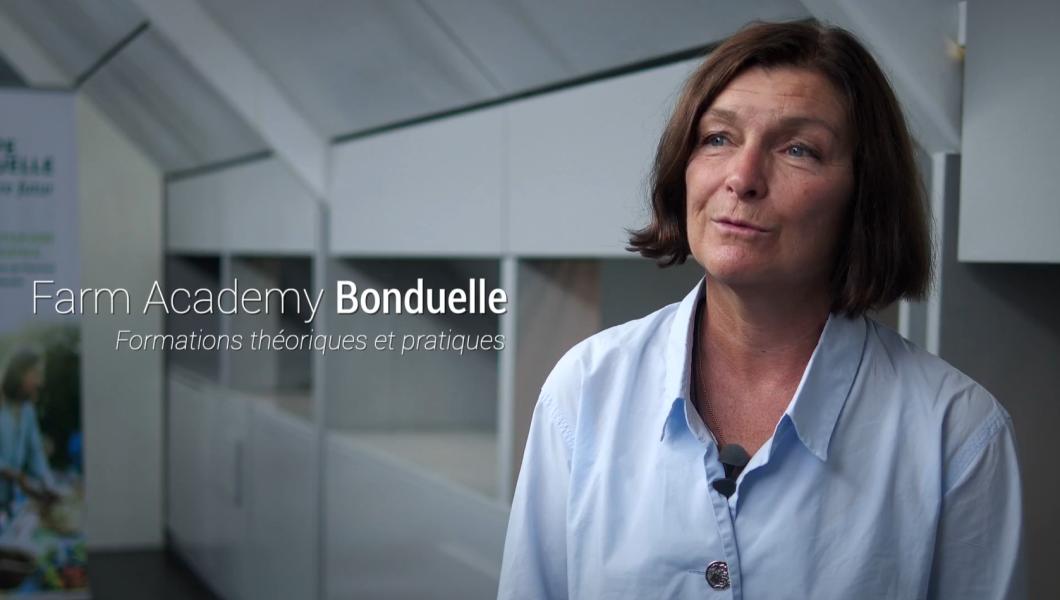
All these challenges must be considered when implementing regenerative agriculture processes in order to increase adoption rates, reverse climate change, and build a healthier and more resilient future for all.
